A large part of maintaining productivity in an automated automotive welding application is ensuring high levels of uptime in the robotic welding operations and maximizing net throughput.
However, it is equally important to find ways to minimize errors and obtain predictive weld data that helps anticipate problems in the welding automation process.
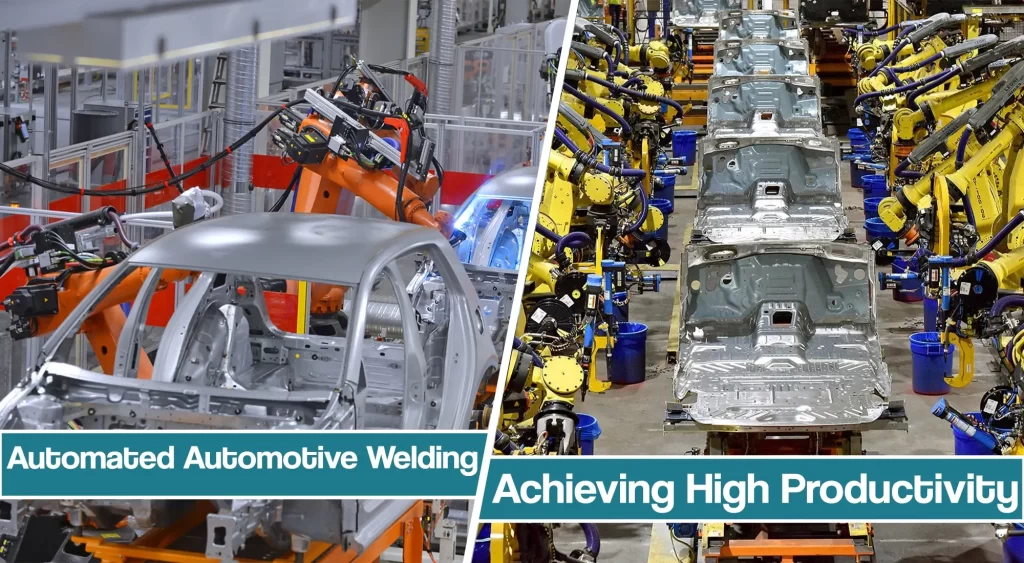
This article contains some strategic ideas for improving the productivity of welding operations, from new technology to technical support.
Achieving and Maintaining High Productivity in Automated Automotive Welding
Automotive suppliers worldwide have recognized a remarkable set of challenges in the past half-decade, including changes in material types, a lack of skilled labor, and initiatives by OEMs to decrease the weight of vehicles.
However, as the manufacturing economy continues to recover from the challenges, each of these suppliers must find ways to maintain productivity and profitability —and very frequently, they must do this with fewer employees.
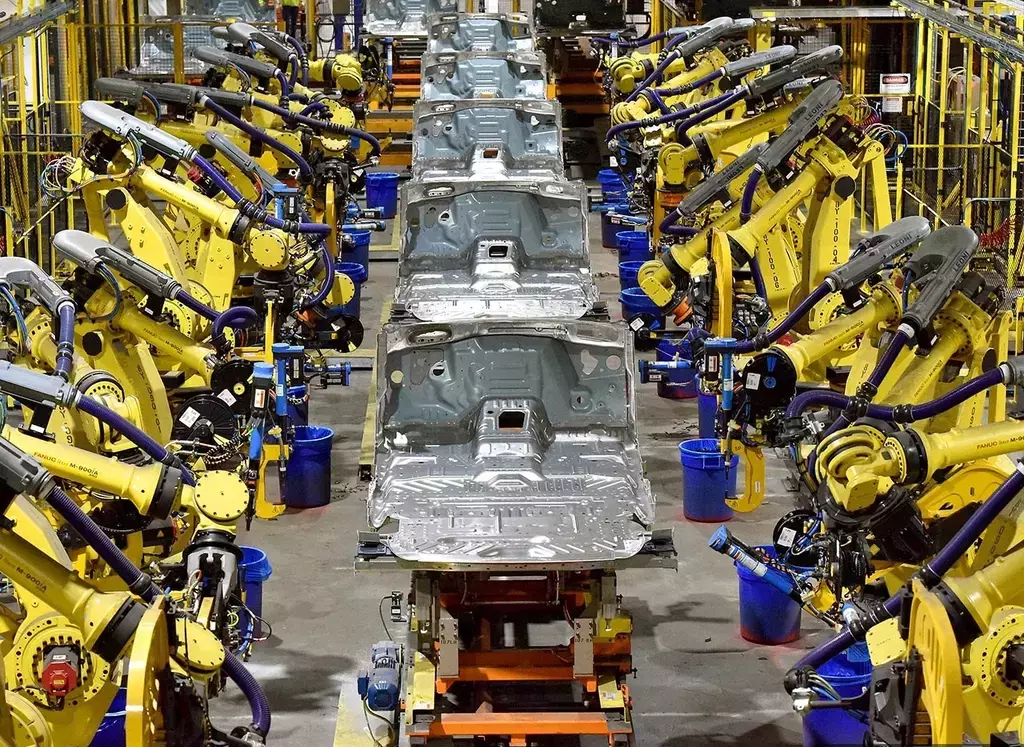
A large part of maintaining productivity is achieving and holding high uptime levels in the robotic welding operations to maximize overall throughput. However, it is equally important to find ways to minimize errors and obtain predictive weld data to help anticipate problems in welding and manufacturing operations.
Often, it is conventional issues like spatter, burn-through, and poor part fit-up that hinder these efforts. Other obstacles are managing large amounts of inventory and contending with downtime to service welding equipment.
These reasons highlight why it’s essential for automotive suppliers to find equipment that minimizes the total cost of ownership. Unfortunately, there is no single answer to these challenges. However, some considerations may help reduce automotive suppliers’ pains and assist in other interrelated parts of the process.
Best Practice Meetings
When possible, automotive industry suppliers should work with original equipment manufacturers (OEMs) and vendors or welding distributors who can regularly engage in best practice meetings. These meetings may occur by conference call, webinar, or in-person and can help determine which practices in the welding operation work most effectively and which areas need improvement. “Open issues” can be prioritized to determine time-phased solutions.
These meetings can benefit companies with multiple (even global) locations because they help identify opportunities for changes that could positively affect other operations. They also are an excellent platform for brainstorming error-proofing ideas and serve to open communication among the parties involved in the success of a company’s welding operation.
Managing Sources
Ultimately, the goal of a manager in an organizational improvement process – especially in organizations with critical cost considerations, like automotive manufacturing suppliers — is to spread an assessment of the operation to a broader peer group, extending the company’s core competencies to gain solutions from others’ input.
Streamline Vendors
Automotive welding operations, particularly those with multiple locations, should consider purchasing robotic gas metal arc welding (GMAW) MIG guns, peripherals, consumables, and other welding supplies from a single-source vendor via a welding distributor.
Having multiple vendors may seem to provide cost savings on the first analysis. However, a per-item approach can actually increase the total spending.
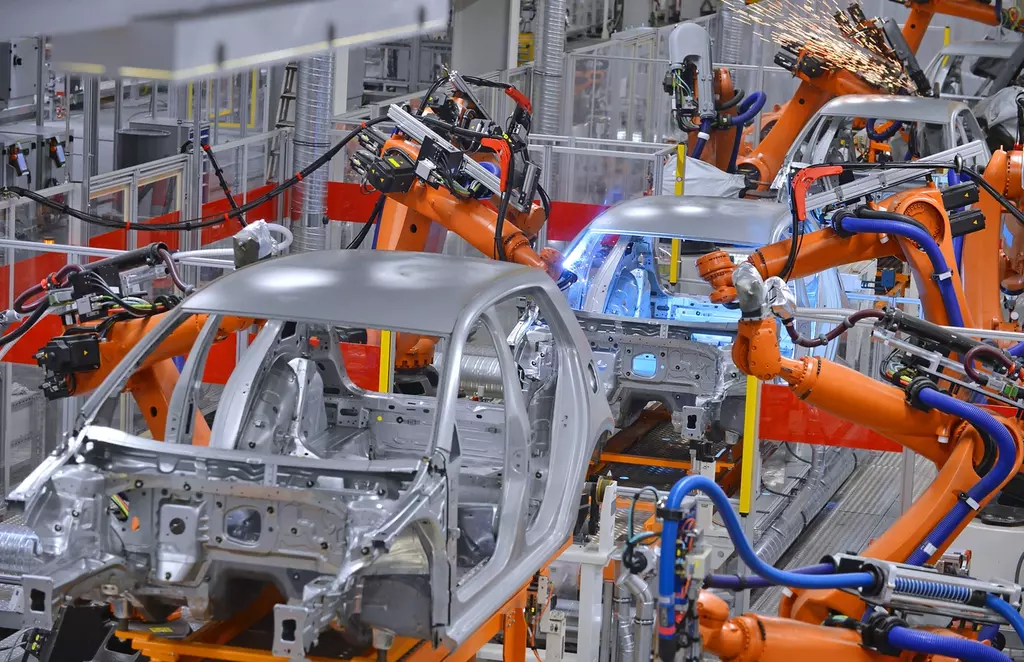
Instead, by ‘single sourcing’ a product line, a buyer is poised to maximize its purchasing power with one vendor and gain loyalty discounts. The vendor also may be more inclined to aid the effort by identifying new efficiencies or even introducing new technologies. Plus, a trusted single-source vendor often will help automotive suppliers assess the total weld spend, streamline inventory, and reduce costly paperwork.
Here, the goal is to work with a vendor who can “own the arc,” assisting in the whole welding operation by assessing predictive data and offering suggestions for ongoing improvements.
“Co-opetition”:
If you already work with several welding vendors, co-opetition is your next best option to maintain an effective welding operation. In some cases, this may happen as part of the best-practice meetings.
Briefly, the term refers to cooperation between the various equipment manufacturers building the operation’s welding solution. Sometimes these supplier companies have competitive product overlap. For example, the manufacturer of the robotic GMAW gun or welding wire may be in direct competition with the company whose power sources are in the automotive supplier’s weld cell. Even so, finding equipment manufacturers that are willing to work together to address specific problems in a welding operation is critical to resolving issues once they arise.
A problem with the contact tip, for example, is usually a barometer of other things happening in the process. In short, it is typically a symptom of a problem rather than the cause. Therefore, having partners that are willing to set aside competitive differences to resolve issues for the good of the process and the customer is vital to gaining good welding performance.
If this co-opetition is not feasible, the customer ought to consider reassigning its welding purchases to a single-source vendor.
Equipment Standardization
Recent increases in automotive demand have prompted some automotive suppliers, especially in North America, to make capital investments that they had postponed during the recession. Standardizing on a single brand and style of welding power source, robotic controller, and GMAW gun and consumables will streamline inventory and maintenance procedures, lowering management costs. It may also help the manufacturer avoid long lead times associated with specialty products and improve access to spare parts.
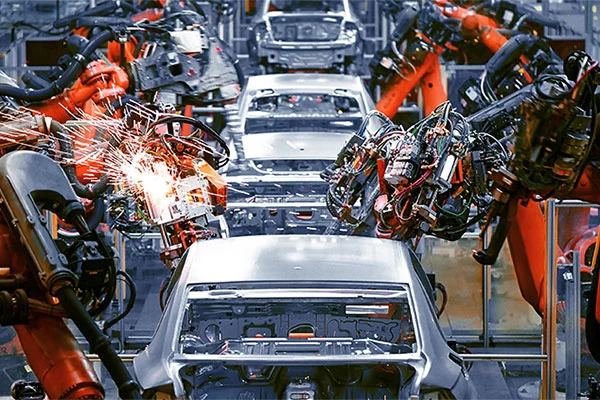
For companies in an organic growth mode with new programs and/or greenfield operations, this standardization may help with long-term equipment re-deployment to other facilities, as well as to shorten the learning curve for employees and improve adoption rates and costs.
However, this standardization may not be feasible for companies in acquisition mode. At a minimum, these suppliers should consider standardizing on a single brand and style of robotic GMAW guns and consumables to minimize inventory.
Securing Superior Selection
Standardizing equipment and supply sources also can reduce the risk of improper consumable installation, which often leads to unscheduled downtime to rectify.
Appropriate Welding Technology
Many automotive suppliers rely on tandem-welding operations to generate greater productivity. Companies can use this process for line production in the cells housing most of the welds. The advantage is that these operations require less floor space and can simultaneously improve throughput.
Advances in single-arc pulsed technology also have proven very efficient at providing faster travel speeds and minimizing spatter.
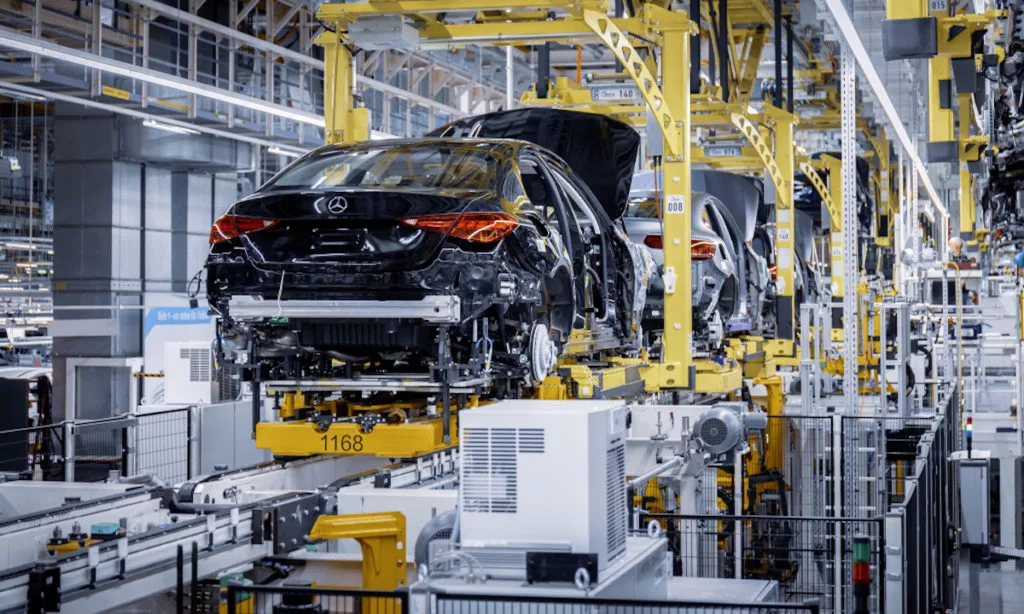
In addition, this single-arc technology — which effectively lowers the average amperage level during welding by regularly switching the current between high peak amperages and low background amperages — is also relatively easy to operate. Given the reduction in the automotive industry workforce, combined with an overall shortage of skilled labor, this less complex (but highly efficient) technology has already proven beneficial to many automotive suppliers.
The welding operators should work with an appropriate distributor or robotic integrator to assess the individual application to determine the most suitable welding technology.
Error-proofing
In addition to standardizing equipment when possible, using welding products that minimize the opportunity for human errors is an integral part of keeping the welding process flowing. For example, nozzle detection can eliminate the potential for excessive rework or scrap. Avoiding mistakes in welding equipment installation is critical, too, as missing or incorrectly installed components on the front end of a robotic GMAW gun can cause it to become electrically alive, leading to premature failure and poor welding performance.
Preventive Maintenance
PM may have become a buzzword in recent years, but the fundamental concepts remain critical to providing good welding performance and reducing unscheduled downtime in the automotive industry.
Welding operations should inspect all connections in the ground cables, feeding assembly, wire feeder, MIG gun, and consumables regularly. Replacing worn components during scheduled downtime (at the beginning of a shift, for example) can help prevent problems during production. In addition, on some welding robots, “predictive maintenance” technology is available to send alerts when consumables need to be changed.
Built-in Buffers
Typically in automotive “just-in-time” applications, suppliers want to reduce work in progress (WIP) — maintaining only strategically determined micro-inventories — and keep parts flowing (Takt time).
Therefore, suppliers may consider building a buffer into production to continue that workflow and support the necessary option for stopping production in a robotic welding cell.
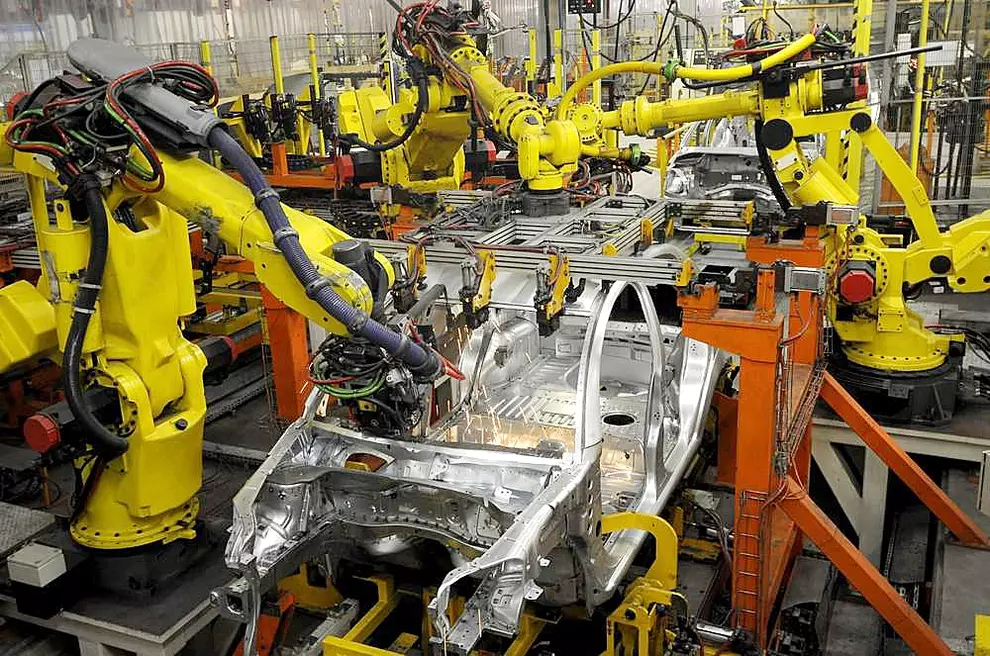
For example, if an operation has a production line of 40 welding robots, breaking that line into fifths (five sections of eight robots) allows them to address any instances of failure while causing a stoppage of only eight robots rather than shutting down production on all 40. That buffer may mean a significant difference in lost production and money.
None of these considerations will, on its own, ensure the levels of productivity and profitability to which automotive suppliers strive as production demands increase. But, they should be seen as steps toward process improvement and higher productivity. Therefore, automotive suppliers should consider working with a trusted welding equipment manufacturer and vendor to discuss a plan for assessing their robotic welding operations and identify improvement opportunities.





